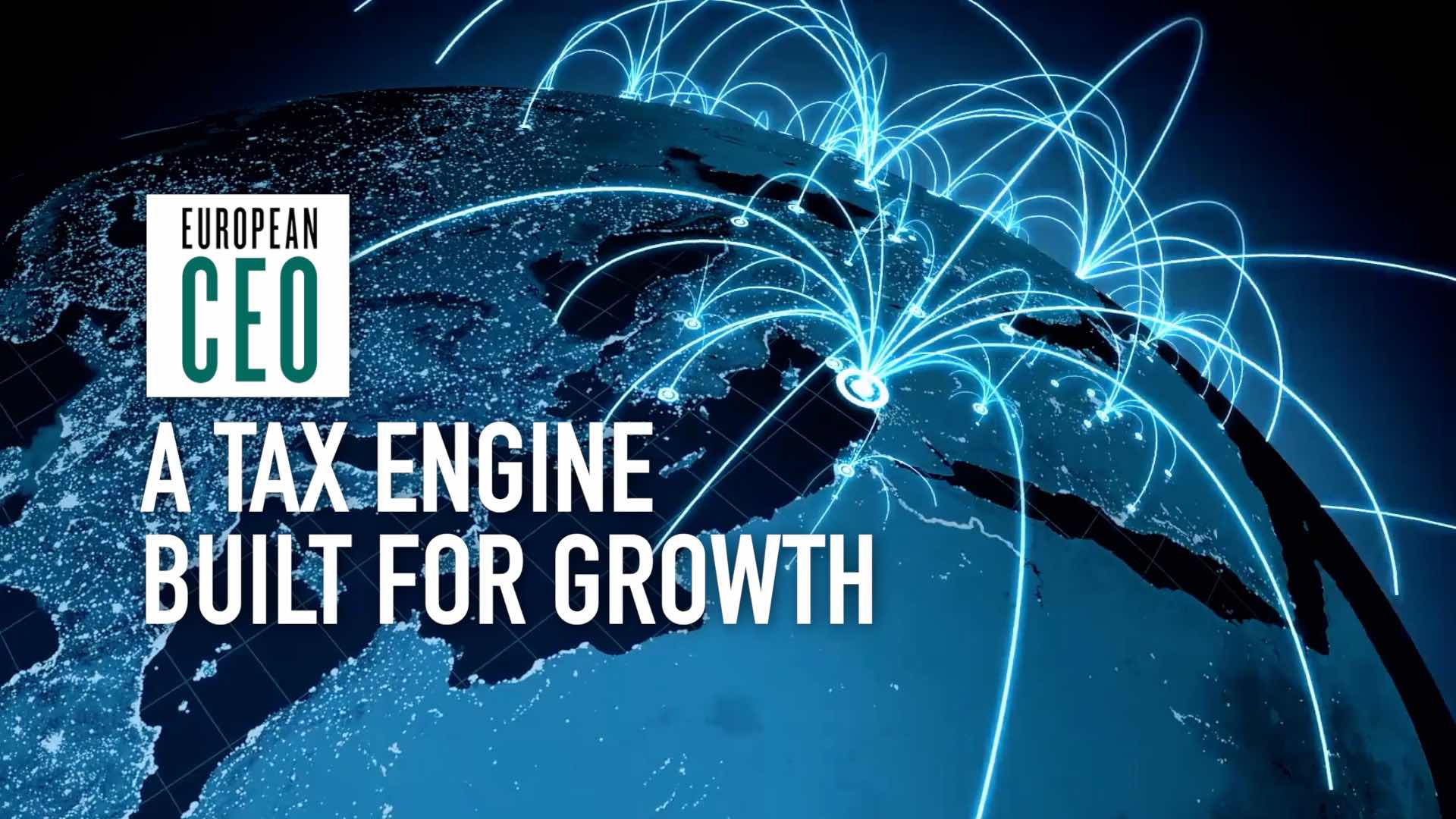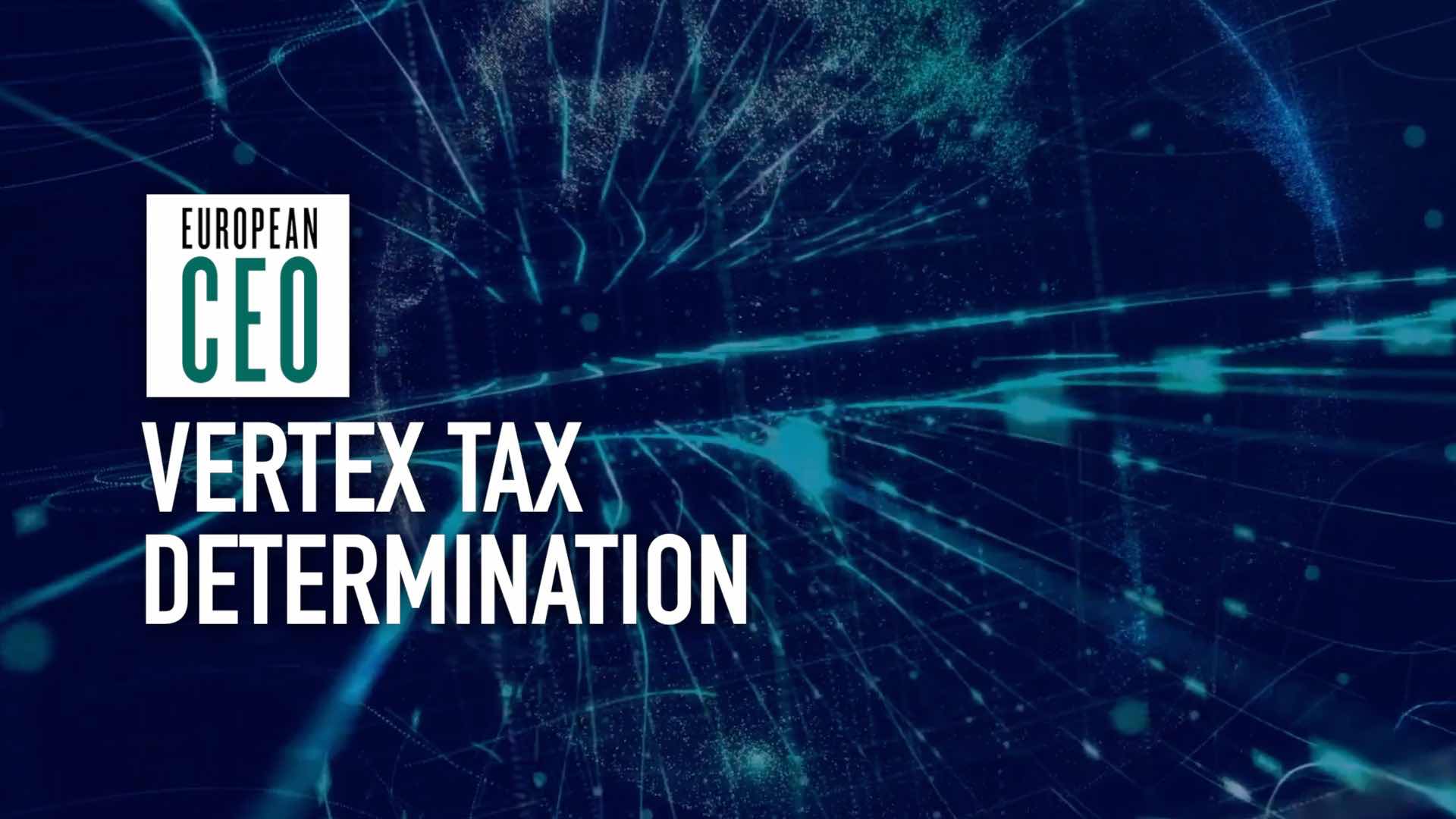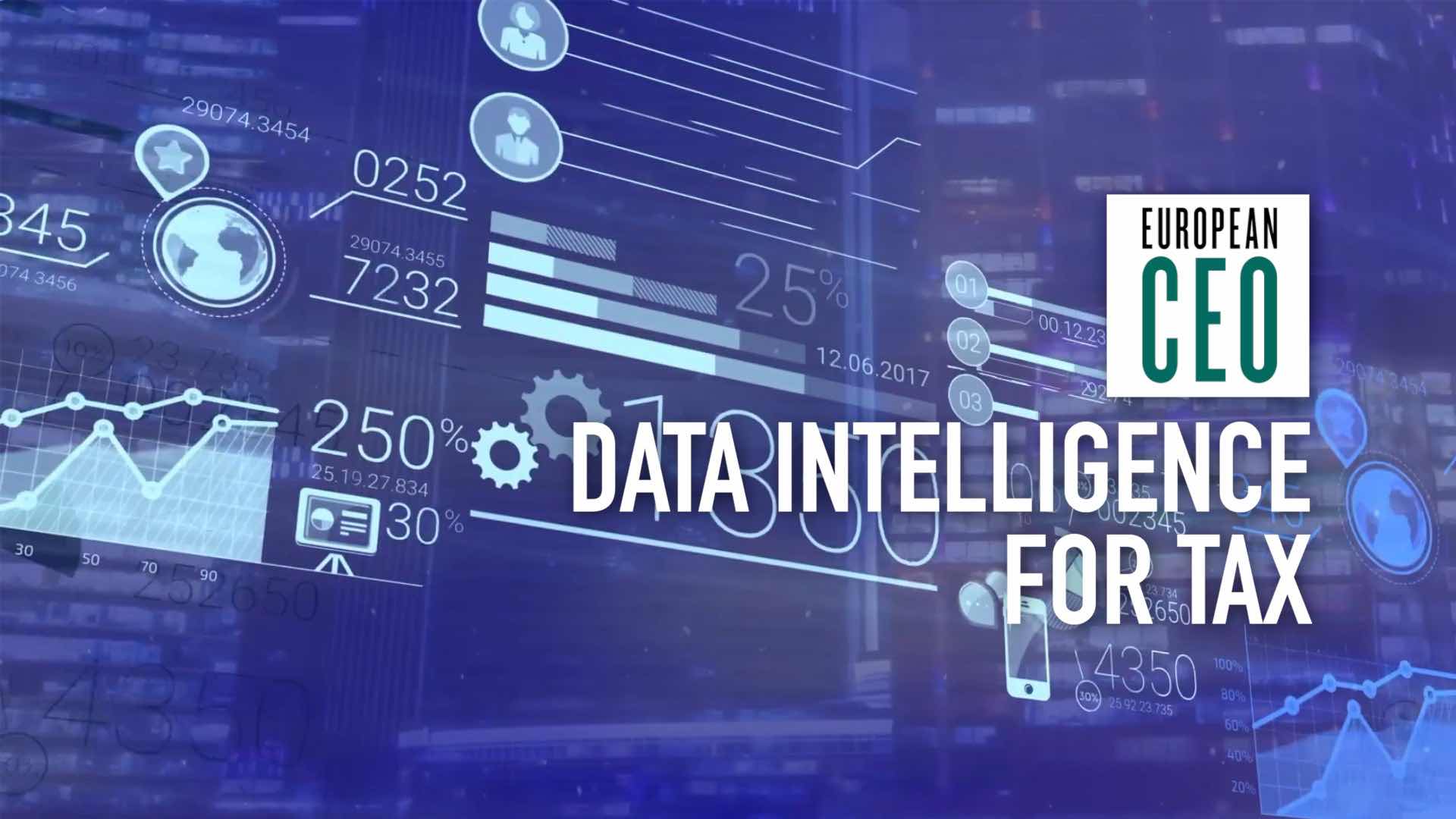Vertex Exchange Europe 2018: No more manual data gathering
Ellen Van Daal discusses the comfort and benefits that come with not spending three-quarters of her time simply gathering tax data
Transcript
Tax technology provider Vertex hosted a two day conference in April 2018, bringing their experts in tax and technology together with their partners and clients. European CEO joined them to learn about the tax compliance challenges that multinational businesses are facing, and the trends in technology and automation that are helping them manage. In this video, Vertex Sales Engineer Ellen Van Daal explains her frustrations reconciling tax data when she was working for one of the big four – and the relief of a tax data management solution that can reliably automate and validate that process.
We’ll be adding more videos to our Vertex Exchange Europe 2018 playlist over the next several weeks, so please go and subscribe to our Youtube channel to be the first to watch all our latest updates.
Ellen Van Daal: So I have an income tax background, so I used to work for one of the big four, in the industry. There I was interested in tax technology. I was myself doing everything manually – I think that will resonate with a lot of people still today! But that’s how I got interested in tax technology, and how it could help and automate tax departments, reducing manual labour, and also then reducing risks.
One of my biggest frustrations was that I was spending – and I estimated roughly 70-75 percent of my time on gathering the data. But that was… I was not comfortable with the data I was using, so I was also not very comfortable about the outcome.
You can import data from the data sources that you need today, so it could be your ERP system, but also other data like unstructured data in the form of a pdf or an email, maybe a letter from the tax authorities. All that data you can import in our tax performance engine, unify it, making sure you can use that data for your tax purposes. But also run any validations and enrich the data. Meaning you can combine data sources: so let’s say master data with your ERP data, so you have your legal entity data for instance. And there you can do all your calculations and then forecasting. Maybe what impact it could have.
Take the US tax reform as an example. It has a lot of disrupting factors and uncertainties for businesses today. And you can leverage tax technology to estimate, to forecast, what impact it could have for your effective tax rate in the end.
So one of the benefits of this is it’s reducing manual labour, and it frees up time in your tax department so you can spend the time on really doing those tax adjustments, tax calculations, tax forecasting.


 Vertex tax technology: How Siemens sought (and found) a tax calculation engine built for growth
Vertex tax technology: How Siemens sought (and found) a tax calculation engine built for growth Vertex tax technology: Global tax determination at speed and scale
Vertex tax technology: Global tax determination at speed and scale Vertex tax technology: Data intelligence for tax
Vertex tax technology: Data intelligence for tax